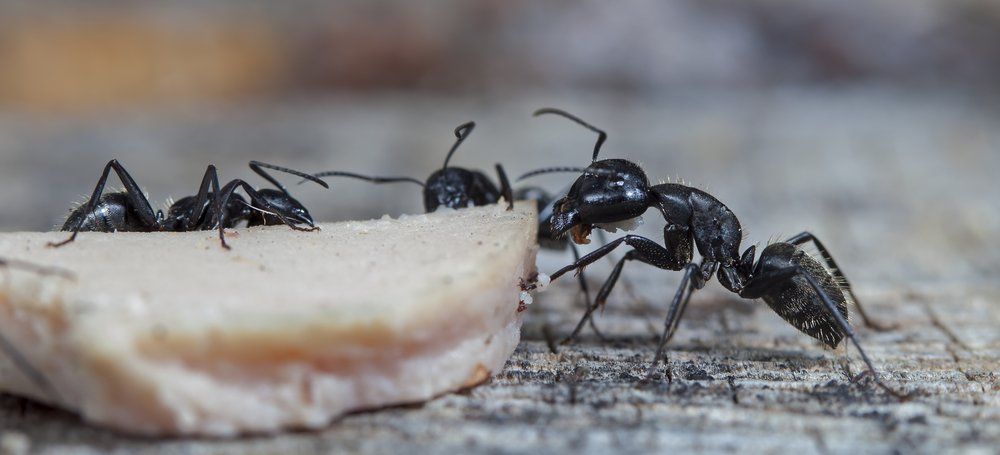ANT CONTROL & TREATMENT
Industrious, tireless and diligent, ants make great workers. Unfortunately, those same qualities make them among the most invasive, annoying and damaging pests in the country, including right here in our neck of the woods. Fortunately, we have the knowledge and experience to deal with them and have been helping Central Valley residents eliminate their ant problems for almost 40 decades. So, if you find yourself facing an ant infestation of your own, let us help you too.
ALL FOR ONE
Ants rank among the most common of all pests as well as among the most aggressive and invasive. Established ant colonies can harbor close to a half million ants and the goal of nearly every one is to continuously feed and sustain the colony. Active all year long and in any weather condition, foraging ants can be found just about anywhere in your home leaving an invisible chemical trail for other ants to follow: through cracks, under carpets, behind baseboards and just about any place else you can think.
ODOROUS ANTS
One of the most common ants, the Odorous Ant is also one of the most active and potentially damaging. Typically about about 1/8 of an inch and black or brown in color, Odorous Ants get their name because they smell like rotting coconuts when crushed. Living in colonies in sizes of about 100,000 these ants are most active in Spring, Summer and Fall, although Winter only slows them down a little. They can be found just about anyplace inside and out: in rotting trees, near and under concrete, between window frames, cracks, crevices, etc. Though they are primarily attracted to sweets they will eat just about anything including veggies, dairy and meat.
Due to the size of their colonies, treatment typically involves taking measures to eliminate the colony and any remnants of it immediately. However, because these ants are year round invaders, year round maintenance is a smart decision.
WHY PEST INSPECTIONS MATTER
We cannot emphasize enough how important professional home pest inspections and assessments are, so we wanted to share this picture with you. To the untrained eye, this wood damage may appear to be caused by termites, when in fact, it has been caused by Carpenter Ants.


